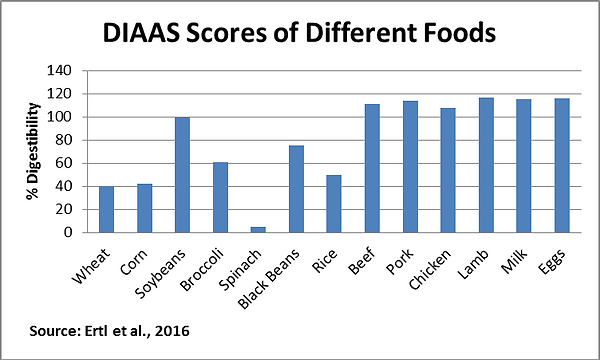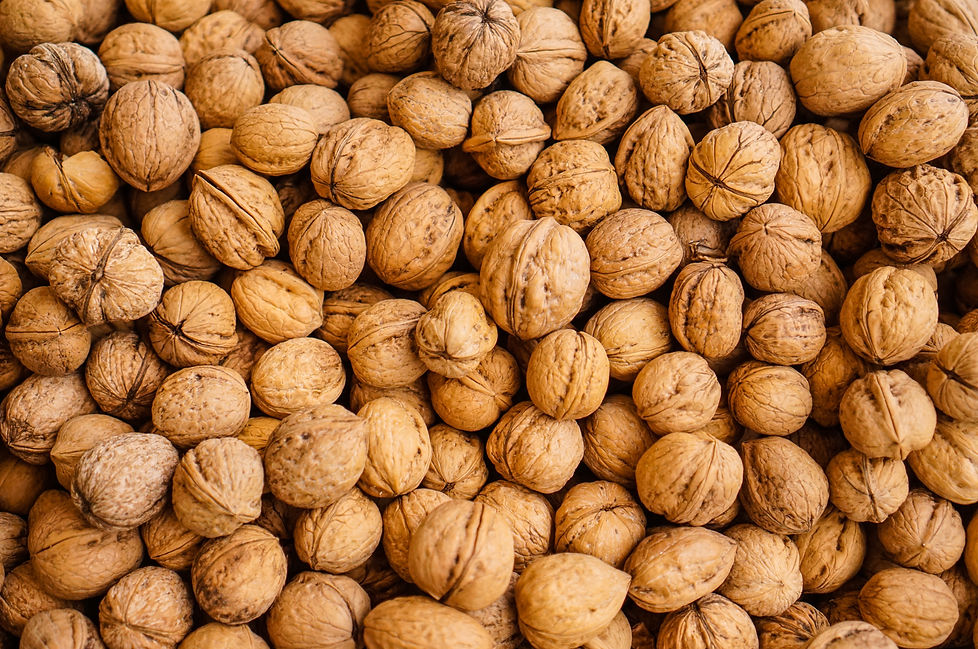
FULLY TAUGHT - 1:1LEARNING - ELEARNING - BLENDED LEARNING - FIRE & RESCUE
PLANTS OR MEAT FOR PROTEIN?


Digestible Indispensable Amino Acid Score (DIAAS) – The Protein Quality Scoring System
Plant-based eating – whether vegan, vegetarian or a reduced meat consumption plant-based diet is becoming ever more popular. Ethical, environmental and health reasons are cited as being the main reasons for its’ surge in popularity. Many studies have been done on the health benefits (or not) of these diets. The area that perhaps gets most attention is the claim that a plant-based diet may not provide enough protein to serve a person’s daily requirements.
Background
Protein (itself comprised of amino acids) is essential to build and maintain our body. Without a regular and sufficient intake of it, our health will suffer. Current recommendations vary, but it is commonly accepted that a human should eat between 0.8 and 2 grams of protein per kilogram of their bodyweight (depending upon activity level and age).
Meat and dairy are known to be good sources of protein, but what about plant proteins, traditionally thought to be poor protein providers – how can we measure their quality? Over the years there have been a number of scoring systems used to define the usefulness of the protein that is available from different foods. Until recently a system called PDCAAS (Protein Digestibility Amino Acid Score) was used. However, evidence is now pointing towards the use of another method – ‘DIAAS’. DIAAS determines amino acid digestibility at the end of the small intestine once the enzymes responsible for breaking protein down has had their fullest chance to act upon the protein molecules. It is therefore an accurate representation of the availability of protein from that food.
The Maths (You can skip this bit if you don't 'do' maths!)
Calculation of DIAAS The digestible (dietary) indispensable amino acid score (DIAAS) for a food or food ingredient can be obtained from the digestible indispensable amino acid (DIAA) content in 1 g protein of food and the IAA reference ratio. These values can be calculated using the following equations:
Digestible IAA content for each IAA in 1 g protein of food Digestible IAA content = mg of IAA in 1 g protein of food multiplied by the true ileal digestibility coefficient for the same dietary indispensable amino acid (the digestibility coefficient is the percentage value divided by 100, e.g. digestibility = 90%, coefficient = 90/100 = 0.90);
Digestible IAA reference ratio for each IAA Digestible IAA reference ratio = Digestible IAA content in 1 g protein of food (mg)/mg of the same dietary indispensable amino acid in 1g of the reference protein (amino acid scoring pattern);
For a given reference protein amino acid pattern (amino acid scoring pattern), the DIAAS is the lowest calculated value for the DIAA reference ratio, expressed as a percentage (i.e., the IAA having the lowest digestible reference ratio; ratio x 100). The DIAAS may, therefore, be expressed by the following equation: DIAAS % = 100 x lowest value [(mg of digestible dietary indispensable amino acid in 1 g of the dietary protein)/(mg of the same dietary indispensable amino acid in 1g of the reference protein)] or DIAAS % = 100 x lowest value [“Digestible IAA reference ratio” for a given amino acid scoring pattern].
The Takeaway
The Food and Agriculture Organisation of he United Nations (FAO) experts have recommended to implement the DIAAS method for protein quality scoring of foods. A protein or protein blend with a DIAAS of 75%-99% is considered good, but still does not provide an optimal (100%) supply of essential amino acids. - DIAAS ≥100% = Excellent or High protein quality. Below is a table that shows some calculated DIAAS scores for different foods. In it you can see that plant based protein is clearly not on a 'par' with meat protein. However, some sources are of a reasonable value and particularly if combined or supplemented with other protein sources, are perfectly adequate to base a diet around.


Additional Considerations
In addition to the quality (DIAAS) of protein that a food is providing, the consumer should also be aware of the additional nutrients within that food. Fat and carbohydrate rich foods (particularly plant based forms of protein will provide additional calories which will need to be accounted for when balancing energy input in a diet. As an example, peanuts are a relatively good source of protein, but are also very high in calories! Vitamin B12 is found readily in meat but not in plant-based protein (and therefore diets), therefore supplementation should be considered.
In Conclusion
It is clear from DIAAS scores that meat and dairy do provide a higher quality of protein than plant-based foods. However, it is still possible to obtain enough quality protein to supply the body's requirements from plants alone.
To read the full report on why DIAAS is now used to calculate protein quality, then read this document.